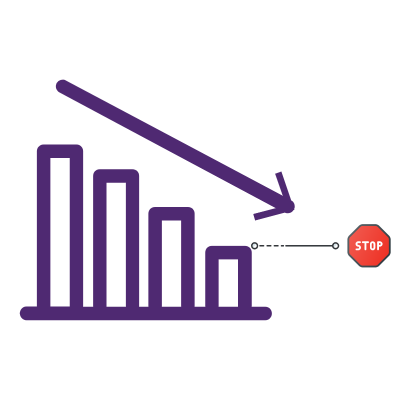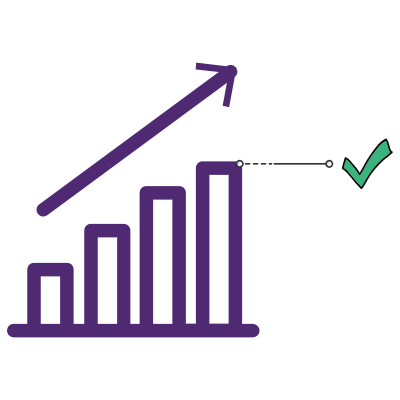How to use SL and TP orders
As already mentioned above, stop loss and take profit orders may seem very easy to learn, but they aren’t. They require months of learning about technical analysis. The process includes using
charts of different assets, and through calculations with different formulas determines when a currency pair can reach its peak price, and when it could possibly decrease too much.
It’s important to note that no matter how confident you are, a profitable position can go bad within seconds, and a small loss can turn into a large one in the blink of an eye as well. Stop loss and take profit are simply unavoidable tools to use when trading.
Stop Loss and Take Profit placement should be dictated by the market and not by your rules. Your trading rules will simply help you decide whether entering the trade is worth it or not. But you cannot invent trading opportunities if the market is not giving you any.
What is stop loss and how to use it
A stop loss order is when a trader indicates when they are ready to close their position, even if they are not near their device. Forex Stop Loss and Take Profit orders are executed automatically by trading platforms.
That’s right, a stop loss order will remain active even if you are not touching your computer or smartphone. It’s possible to simply open a trade, and leave it there overnight. If the exchange rate changes sharply, the stop loss will be there to protect your account.

But what is a stop loss order? How does it work, and how do you set it? Well, in order to answer these questions, let’s first identify stop loss order types. There are 3 types to be exact:
- Stop Loss order
- Market Stop
- Trailing Stop
All of them have their own ways of setting the order.
Stop Loss order
A Stop Loss order is placed by a trader and gets triggered automatically once price reaches the predetermined point. Before entering a trade, it's important to know in advance where to place the order, in order to calculate your risks and potential rewards. As already mentioned, Stop Loss order placement should be based on a given situation. Traders usually place SL away from significant levels. For instance, if you are buying a currency pair from a resistance level, the stop should be placed below the resistance level. The idea is that if price retraces, the level might prevent the price from going further below and reverse it towards the desired direction. Once you calculate the SL distance from entry price, the next step is to calculate trade size. Generally, professional traders do not risk 1 to 5% of their trading capital per trade.
Market Stop
Market Stop orders are manual. Traders that do not use Stop Loss orders, close positions manually once balance decreases to a certain point. However, this method is not recommended as traders are influenced by the power of open position once they open trading orders. Open positions can make our market judgment skills worse. Often, an inexperienced trader hesitates to take losses and hopes the market will reverse, which often leads to blown up accounts
Trailing Stop
Trailing Stop is an automatic order type that locks in profits and limits losses when the trade goes favorably. However, trailing stops are not great in choppy and highly volatile market conditions. Trailing Stops work best in calm conditions when prices are trending gradually.
What is a take profit in Forex and how to use it
A take profit order is the exact opposite of stop loss orders. This order type tells your broker to close the position, once the price reaches a certain point. The order is executed automatically.

A trader simply calculates what is the maximum growth a specific currency pair can have within the next day or even hour, and then sets a take profit order accordingly. The moment the exchange rate reaches the set amount, the trade will be closed, and the trader will be able to walk away with his or her profits.
Although there is no general way of structuring your stop loss and take profit orders, most traders try to have a 1:2 risk/reward ratio. For instance, if you are willing to risk 1% of your investment, then you can target a 2% profit per trade. The risk to reward ratio can be 1:1 and a trader can still be profitable if the win rate is higher than 50%. To better understand what is take profit and stop loss, let's expand this topic a bit further below.
Stop Loss vs Take Profit
Take Profit and Stop Loss are both highly used order types. But when discussing the difference between the two in terms of importance, Stop Loss is more important. It's recommended every trade to have SL, while TP targets are not often obvious. For instance, chart patterns that signal reversals or continuations usually offer well-defined SL targets, but Take Profit targets are unknown and depend on the strength of the trend.